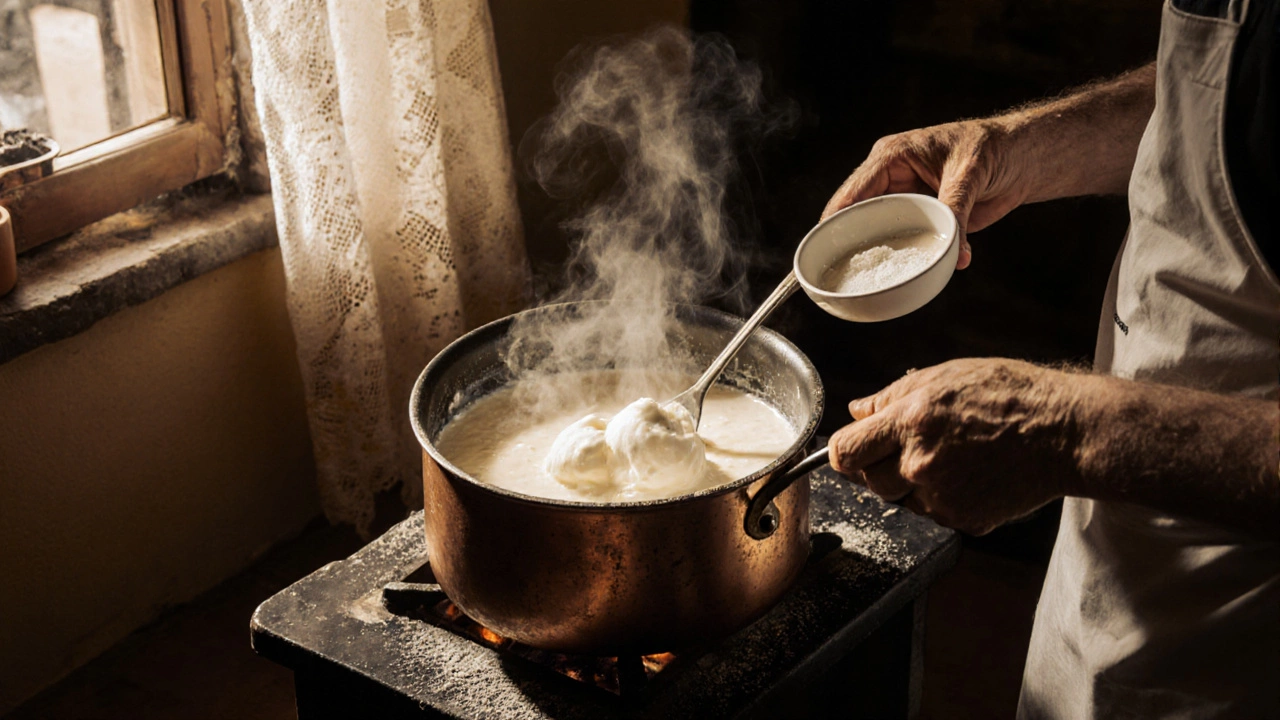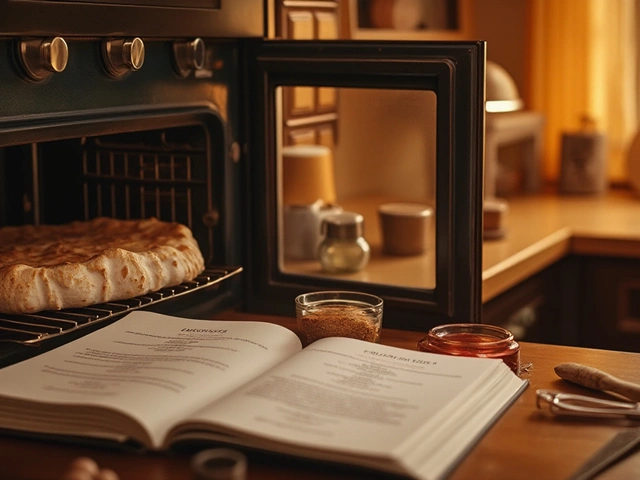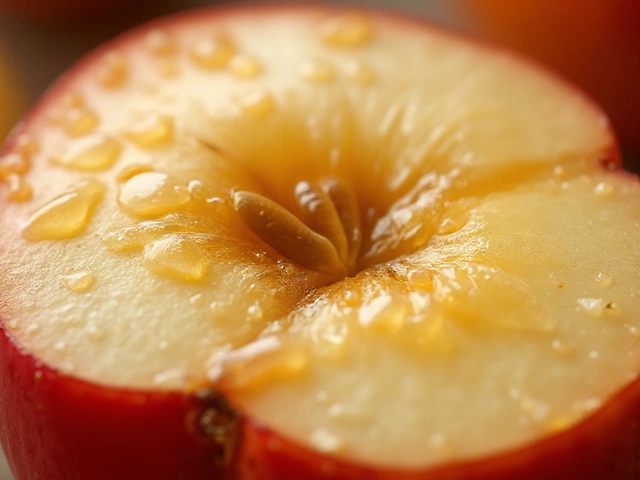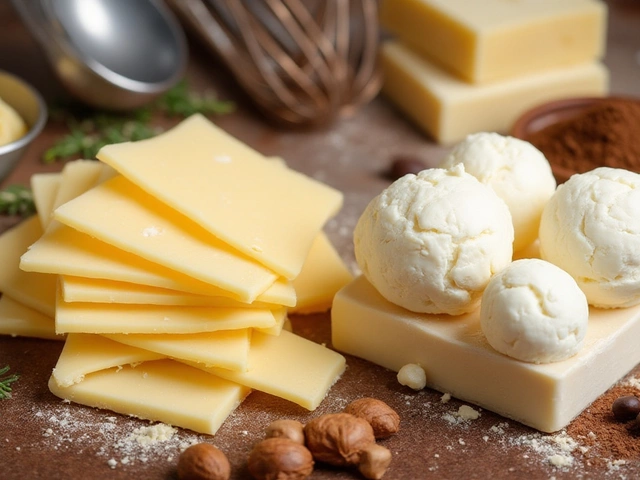Mascarpone Definition: What It Is and How to Use It
If you’ve seen mascarpone on a dessert menu or in a recipe, you might wonder exactly what it is. In simple terms, mascarpone is a fresh, soft cheese made from cream and a little acid, usually lemon juice or citric acid. The result is a buttery, slightly sweet spread that feels like a cross between cream cheese and heavy cream.
Because it’s uncooked and has a high fat content, mascarpone stays smooth and creamy at room temperature. It never hardens like aged cheeses, so you can stir it straight from the tub into sauces, fillings, or toppings. The flavor is mild, with a hint of dairy sweetness that lets it blend well with both sweet and savory dishes.
What Is Mascarpone?
Mascarpone originates from Italy’s Lombardy region, where it’s a staple in classic desserts such as tiramisu. It’s made by gently heating heavy cream and adding an acid to coagulate the proteins. The mixture is then strained, leaving behind a thick, velvety product. Unlike many cheeses, mascarpone isn’t aged, salted, or pressed, which keeps its delicate texture.
The fat content is high – usually around 60-70%. This makes it rich, but also means it melts quickly when heated. For this reason, many bakers use it in chilled desserts, while chefs who want a silky sauce often add it at the end of cooking to prevent curdling.
In the grocery store you’ll find mascarpone in small tubs or cartons, often labeled “Mascarpone Cheese.” If you can’t find it, a quick substitute is a mix of equal parts cream cheese and heavy cream, whisked until smooth. It won’t be perfectly identical, but the texture and richness are close enough for most recipes.
How to Use Mascarpone in Recipes
Mascarpone’s mild flavor makes it a versatile ingredient. Here are a few practical ways to include it in everyday cooking:
- desserts: Whip mascarpone with sugar and vanilla for a quick frosting, or layer it with fresh berries for a light parfait.
- tiramisu: Fold mascarpone into espresso‑soaked ladyfingers with cocoa for the classic Italian treat.
- pasta sauces: Stir a spoonful of mascarpone into a tomato or mushroom sauce at the end of cooking for a creamy finish.
- soups: Add a dollop to pureed soups like pumpkin or carrot to create a velvety mouthfeel without heavy cream.
- spreads: Mix mascarpone with herbs, garlic, or lemon zest for a savory spread on toast or crackers.
When heating, keep the temperature low and add mascarpone off the heat if possible. This prevents the cheese from separating and keeps the sauce smooth. Also, remember that a little goes a long way – its richness means you often need only a small amount to achieve the desired texture.
Trying mascarpone for the first time? Start with a simple sweet: combine 200 g of mascarpone, 2 tbsp honey, and a pinch of salt. Spread on warm scones or use as a dip for fresh fruit. You’ll get a taste of its creaminess without needing a full recipe.
Overall, the mascarpone definition is straightforward: a fresh, high‑fat cheese that delivers buttery smoothness to both sweet and savory dishes. Keep it chilled, use it at the end of cooking, and experiment with flavors. Once you try it, you’ll see why it’s a favorite in kitchens around the world.

What Does “Mascarpone” Mean? Definition, Origin & Uses
Discover the meaning, origin, and culinary uses of mascarpone. Learn how it's made, how it differs from ricotta and cream cheese, and get tips for storage and recipes.
View More




